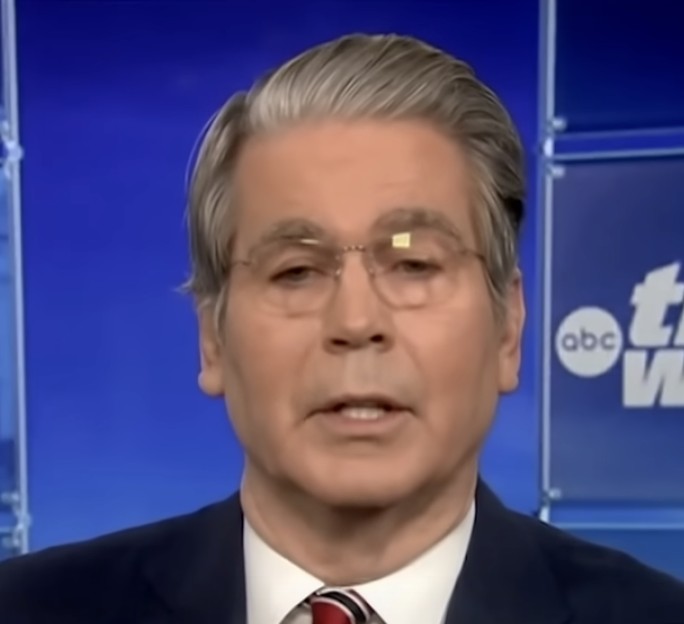The proposal for a $2,000 tariff-funded dividend sits at the intersection of politics, law, and economic reality. While the administration is energetically promoting the idea and floating alternatives like targeted tax reductions or future-oriented birth investment accounts, each option still depends on legislation and judicial clarity. With no bill text, no agreed income thresholds, and a pivotal Supreme Court ruling still pending, the idea remains more aspiration than guaranteed benefit.
For households juggling higher prices, stagnant wages, and volatile retirement balances, the uncertainty is understandably frustrating. The appeal of direct cash relief is obvious, yet the gap between projected program costs and existing tariff revenue is substantial, especially with competing demands such as deficit reduction and other policy priorities. Until lawmakers coalesce around a concrete structure and sustainable funding source—and the courts clarify the durability of the tariffs—Americans should view the dividend as a fluid policy discussion rather than a scheduled payment.
